 Given the risk to human lives and the financial costs when things go wrong, aerospace engineering and manufacturing processes require absolute precision. The use of sensors during preparation and flight help ensure accuracy by collecting critical information that can proactively detect problems.
Given the risk to human lives and the financial costs when things go wrong, aerospace engineering and manufacturing processes require absolute precision. The use of sensors during preparation and flight help ensure accuracy by collecting critical information that can proactively detect problems.
In the past, most sensors used in space and aerospace engineering were custom-built and tested for each application. With an uptick in the commercial space market, there is a growing trend of using off-the-shelf sensors whenever possible to lower cost and speed time-to-market. However, an off-the-shelf solution isn’t always the best choice. Sometimes a modified or custom-built sensor not only provides more accuracy, but can also be less costly and faster to implement.
Here’s what you need to know to make the right choice for your specific circumstances.
When Off-the-Shelf Sensors Work Best
- Geometry – The sensor needs to be the appropriate shape and size to fit your needs.
- Measurement range – The sensor needs to be built to handle the appropriate range of measurement, whether it’s temperature, pressure, flow, humidity, or another measurement.
- Connectivity – The sensor needs to be able to easily connect to data loggers and other data acquisition and control equipment.
If a standard sensor can meet all three of these criteria for your application, then an off-the-shelf product is your best option for reducing delays and keeping accuracy high.
The Modification Myth
For aerospace customers who discover there isn’t a standard product that meets all three criteria, the next step is typically to consider modifying an off-the-shelf sensor. This requires finding a sensor that will still work for your application with minor modifications, such as adjusting the length, diameter, or by finding a different way to mount the sensor. The idea being that modifying an off-the-shelf sensor will still be faster and less expensive than having it customized.
The truth is that in-house modification isn’t always less expensive or faster—and may result in lower accuracy. To determine if modification is the right approach, you will need to evaluate:
The truth is that in-house modification isn’t always less expensive or faster—and may result in lower accuracy. To determine if modification is the right approach, you will need to evaluate:
- How long it will take to make the necessary modifications
- What your in-house resource capacity is to make those alterations
- Whether it’s the highest value/best use of those skilled resources
- The total cost of modifications
- The success/failure rates during testing
Sometimes these answers are difficult to ascertain at first. In the case of one aerospace manufacturer, they opted to modify off-the-shelf RTD sensors by designing and assembling their own housing for the sensors. They discovered only after in-house assembly that a high percentage of their RTDs were failing to work as expected. This caused low yield, rework, testing, and delays that resulted in increased costs and lengthened timelines.
The Added Value of Customization
According to recent research by Deloitte, the commercial aerospace market continues to experience significant schedule delays ranging from 2 to 4 years.
With expensive aerospace programs on the line, even small delays, such as having to rework or redesign the sensor housing to improve accuracy can end up being extremely costly—customization can help avoid these types of impacts. For example, the aerospace manufacturer who started with an in-house modification of standard RTD sensors discovered that customization not only sped time-to-market, but reduced costs and provided more accurate readings.
The value of customization keeping timelines on-track is especially true when late in the design or development process; it becomes evident that a standard sensor won’t work for the intended application. Designing, building, assembling, and testing a modified solution in-house is likely to take significant resources and time away from the project at a critical stage.
Performance also increases when the housing is custom-built because it can be tailored to the size and shape needed for the sensor to work most efficiently in the overall process. One of the biggest benefits for the aerospace manufacturer who switched from doing in-house modifications to having the sensor custom-built, was the resulting robustness of the product, which went from high failure rates to 100 percent tested and ready-to-use.
With expensive aerospace programs on the line, even small delays, such as having to rework or redesign the sensor housing to improve accuracy can end up being extremely costly—customization can help avoid these types of impacts. For example, the aerospace manufacturer who started with an in-house modification of standard RTD sensors discovered that customization not only sped time-to-market, but reduced costs and provided more accurate readings.
The value of customization keeping timelines on-track is especially true when late in the design or development process; it becomes evident that a standard sensor won’t work for the intended application. Designing, building, assembling, and testing a modified solution in-house is likely to take significant resources and time away from the project at a critical stage.
Performance also increases when the housing is custom-built because it can be tailored to the size and shape needed for the sensor to work most efficiently in the overall process. One of the biggest benefits for the aerospace manufacturer who switched from doing in-house modifications to having the sensor custom-built, was the resulting robustness of the product, which went from high failure rates to 100 percent tested and ready-to-use.
Conclusion
Off-the-shelf sensors have their place and can be a good value when they meet all three criteria—geometry, measurement range, and connectivity—for optimal performance. However, in situations where a standard product requires modification, a customized, turnkey solution that incorporates the manufacturing, assembling, testing, and shipping with a standard sensor may prove to be the best choice. Aerospace manufacturers and engineers not only get sensors optimized for their application, but can also save high-cost resources for where they will be most valuable—innovating and engineering new aerospace products and processes.
 CLOSE
CLOSE


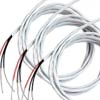
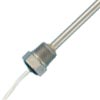
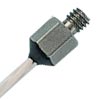
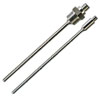
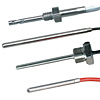
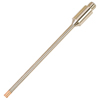
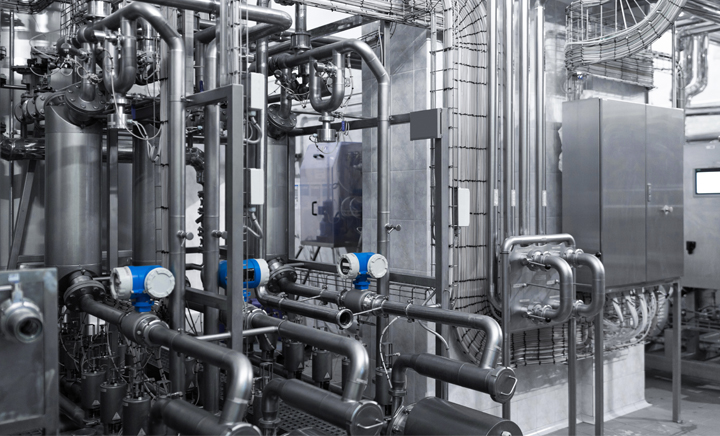
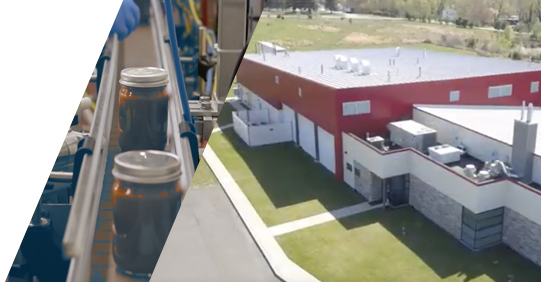 Omega's relationship with Rutgers sprouted with their goals in substituting manual processes with an IoT solution for hands-off data collection capabilities.
Omega's relationship with Rutgers sprouted with their goals in substituting manual processes with an IoT solution for hands-off data collection capabilities.
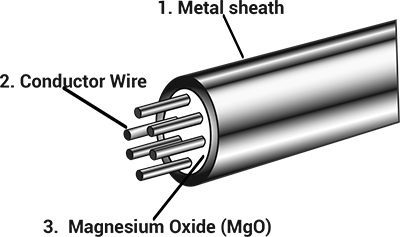 MI cables are used in high temperature or high pressure harsh environments for a good reason, here's why:
MI cables are used in high temperature or high pressure harsh environments for a good reason, here's why: